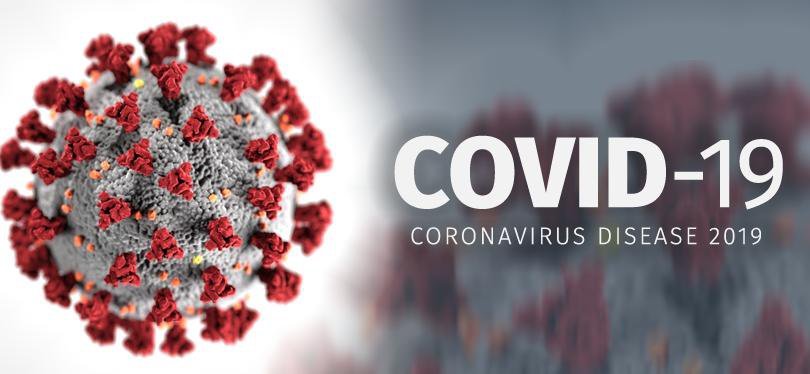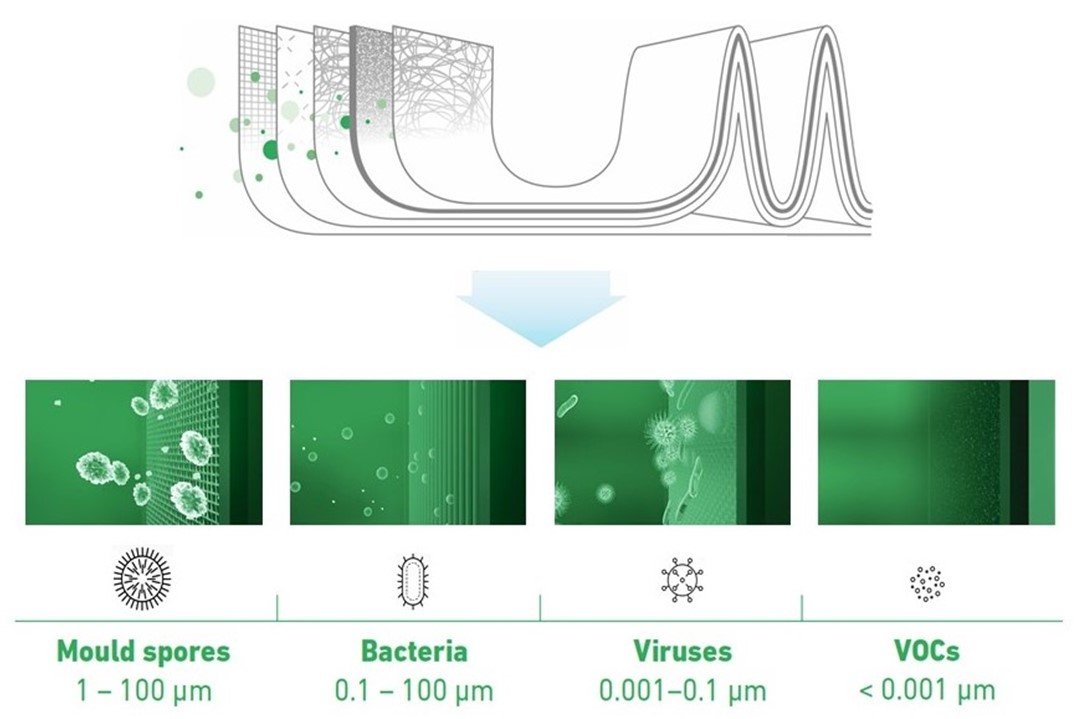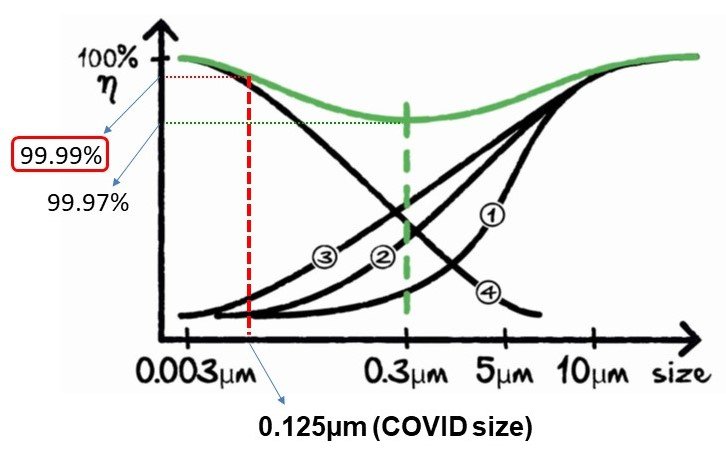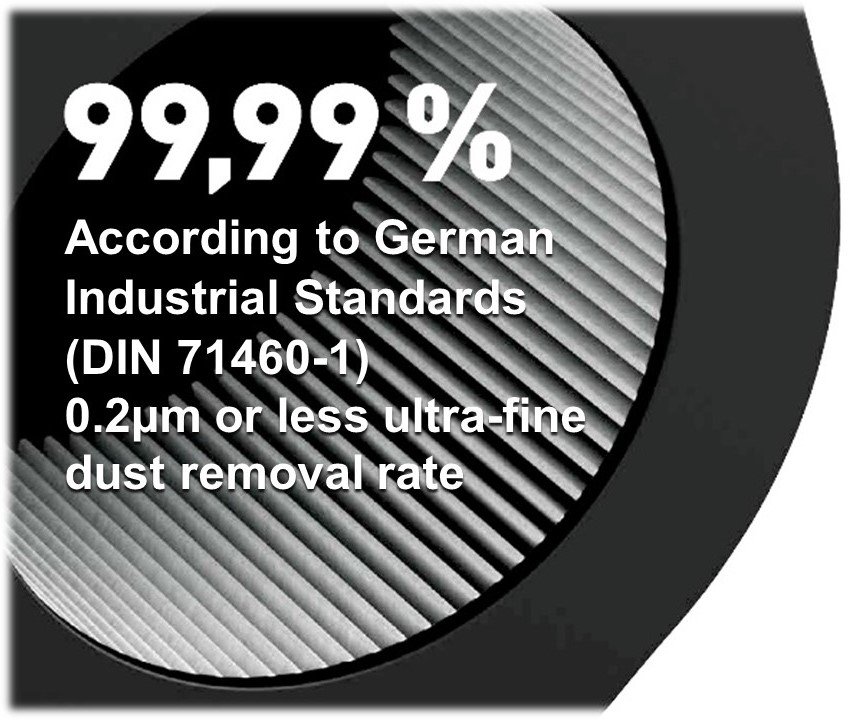Harmful particles in indoor air
Many invisible pollutants exist in indoor air and many people spend a lot of time indoors such as home and workplace. Not only viruses, but also many kinds of harmful particles cause bad influence on health since body can’t filter polluted ambient air because size of particles is extremely small.
What is the size of particles? Some examples:
|
Particle
|
Size (1μm = 0.001mm)
|
|
Viruses
|
0.001 – 0.4 μm, influenza virus = 0.1 μm
Coronavirus: Approx. 0.125μm (80-160μm)
|
|
Bacteria
|
0.1 – 100 μm, MRSA = 0.8 – 1.2 μm
|
|
Mould spores
|
1 – 100 μm
|
|
Pollen
|
10 – 100 μm
|
|
Dust
|
60 – 20,000 μm
|
|
Particulate matter
|
Inhalable particulates
Respirable particulates
Ultrafine particulates
|
< 10 μm (PM10)
< 2.5 μm (PM2.5)
< 1 μm (PM1)
|
What is COVID-19?
“COVID-19” (“Coronavirus Disease 2019”) is an infectious disease caused by a newly discovered coronavirus. Coronavirus is genetically related to the SARS virus from 2003. Coronaviruses can affect people and animals and cause a range of different diseases, primarily respiratory infections (colds and coughs) right up to serious cases of pneumonia.
Most people infected with the COVID-19 virus will experience mild to moderate respiratory illness and recover without requiring special treatment. Older people, and those with underlying medical problems like cardiovascular disease, diabetes, chronic respiratory disease, and cancer are more likely to develop serious illness.
The COVID-19 virus spreads primarily through droplets of saliva or discharge from the nose when an infected person coughs or sneezes, so it’s important that you also practice respiratory etiquette (for example, by coughing into a flexed elbow).
How is the Coronavirus transmitted?
Experts are working on the basis that the virus is transmitted by human-to-human droplet inflection, mainly through respiratory secretions. The finest droplets of saliva or mucus remain suspended in the air for different periods of time and can be breathed in. There may be a risk of infection even before the first symptoms occur.
Viruses are most frequently caught through droplet infection. The pathogens are embedded in miniscule droplets of respiratory secretions and are transmitted by sneezing, coughing and speaking. Larger droplets descend and are transmitted within a radius of approximately one meter. Smaller droplets remain suspended in the air for a long time and can cause infection, even from a distance.
What helps to protect against the virus
-
Regular hand washing.
-
Avoid close contact with people who have or are suspected of having the virus.
-
Boost your immune system through a healthy diet, exercise and sleep.
-
Air purifiers can help to contain the further spread of the virus.
How Air purifiers provide protection
Air purifiers help to significantly reduce the concentration of viruses in indoor air. With highly efficient filter, the air purifiers almost entirely eliminate pathogens and pollutants from indoor air – and don’t release them again. This is ensured by various physical effects, such as the “diffusion effect”, which cause viruses to land directly in the filter fibers, where they remain suspended.
Highly efficient Multi-layer filters including HEPA 13 class filter and Activated Carbon filter permanently remove pollutants from indoor air. The optiflow system also captures pollutants located further away and distributes the cleaned air optimally throughout the room.
The weakest point in the air purifier filter performance is around 0.3µm. This particle size is named MPPS (Most Penetrating Particle Size). From there (smaller and bigger particles) the retention rate is higher. 99.97% of particles can be filtered at size of 0.3μm. In case of COVID at size of 0.125 μm, TRUE HEPA FILTER filters 99.99% of all particulate matters (PM) as small as 0.01 micron.
The risk of human-to-human transmission is not easy to avoid.
Placing air purifiers in houses, offices, the lobby and any shared rooms can be an effective addition to the package of measures.
Not only preventing spread of virus, but also there are 10 things that can be eliminated by air purifier.
10 Good reasons for air purifiers
1. Allergies – Allergens in the air (pollen, house dust, animal hair, chemical substances) cause unpleasant symptoms.
2. Respiratory problems – Air pollutants such as particulates, particulate matter, chemicals and allergens (see point 1)
impair breathing, especially with children, asthmatics, COPD patients and allergy sufferers.
3. Air pollution – Various environmental toxins stress the body and can trigger diseases.
4. Droplet infection – Droplets in the air respectively the microorganisms contained therein can cause diseases.
5. Headache – A mixture of various pollutants in the air often is the cause, especially VOCs (volatile organic
compounds).
6. Mould indoors – Older buildings or poorly ventilated rooms are, often unnoticed, contaminated with dangerous mould.
7. Bad odours – Lead to a loss of quality of life and cause stress.
8. Air has the largest share of what we consume every day – Air has a share of 74% (beverages 18%, food 8%).
9. Dirty indoor air – Indoor air is often much more polluted than outdoor air (various chemical vapours, floor
abrasion, particulate matter from copiers and printers or wood ovens, etc.).
10. Decreased performance – Headache, burning eyes, a runny nose or fatigue that are bothering us, are often caused by bad air.
The solution for preventing spread of COVID-19 and clean air is simple!
============================================================================








